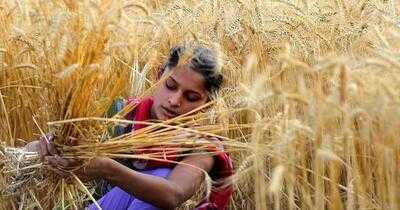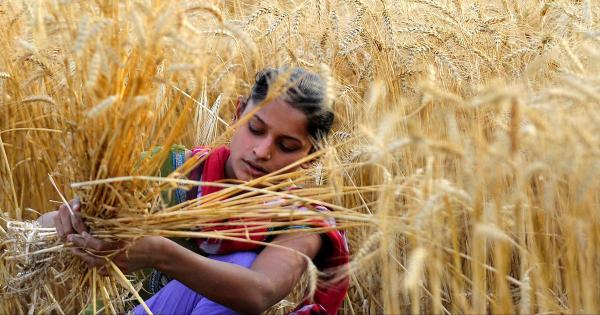

Across rural India, agriculture is undergoing a quiet transformation – one increasingly shaped by women. With rising male migration driven by reasons varying from climate stress, shrinking farm returns, and industrial employment, women are stepping in to manage farms, livestock, and household food systems. This feminisation of agriculture has been slowly unfolding yet remains largely invisible in policy and undercounted in data.
According to the Periodic Labour Force Survey (PLFS) 2024, women now constitute over 42% of the agricultural workforce and in some states they make up the majority of full-time agricultural workers. Despite this, their labour remains unrecorded, wages continue to remain lower than men’s, and their decision-making power is constrained.
Land ownership – key to recognition and entitlements – largely eludes them. As India continues to define a farmer through ownership, women’s labour, expertise, and agency are not accounted for.
Decision makingAgainst this backdrop, a newlypublished study from rural Karnataka offers critical insight into women’s decision-making in agriculture. Drawing on the Karnataka Household Asset Survey data from 4,110 rural households in the state (2013), the study compares men’s and women’s perspectives on who manages and makes key decisions in farming – particularly in households affected by short-term male migration.
Part of a larger multi-country research initiative across India, Ecuador, and Ghana,...
Read more
-
Trump says Iran, Israel agree to ‘total cease-fire’

-
Atletico Madrid manager Diego Simeone reflects on Club World Cup exit

-
The lowdown on the promoted clubs as Oviedo seal emotional top-flight return

-
Thousands of state pensioners get £5,740 from DWP with six month rule

-
Qatar: UK and US citizens told 'shelter in place'
